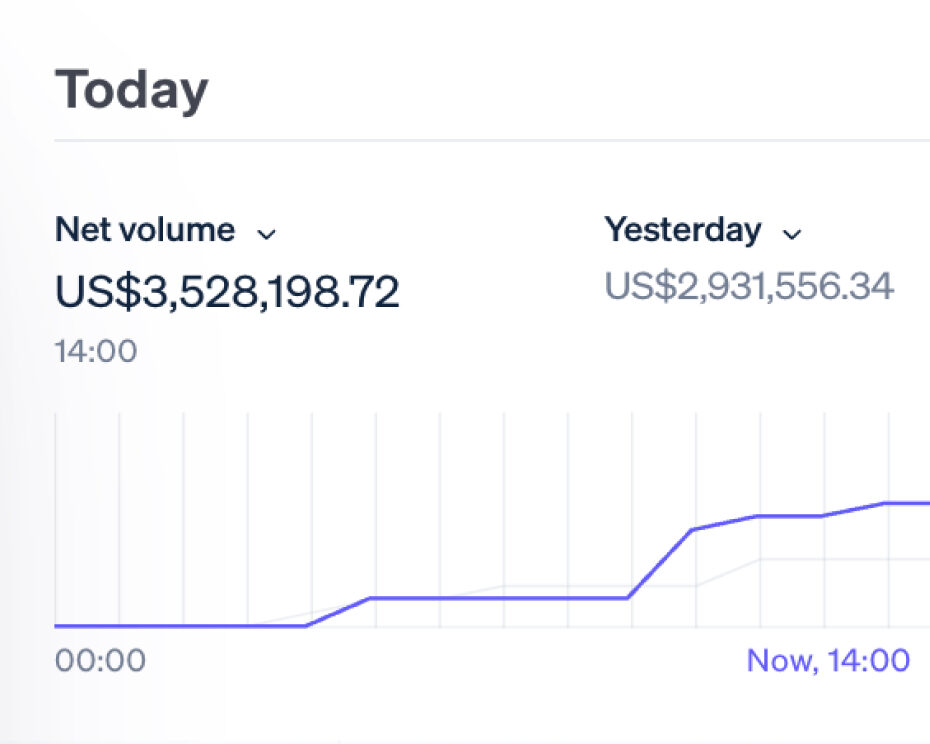Trade trouble – getting pricing right in different markets
The cost of doing business across the world is changing. Amid rising tariffs and unpredictable trade policy shifts, businesses are facing unprecedented complexity in managing pricing across different markets.
Global trade shifts
Recent tariff announcements have sent shockwaves through industries with some sectors, like steel and aluminum imports to the US, seeing tariffs as high as 25% introduced virtually overnight. For businesses operating across multiple markets, these shifts create a range of pricing challenges, forcing companies to navigate cost structures between markets, with tariffs and trade policies varying by country.
This challenge is amplified by fluctuating exchange rates which magnify the impact of cost changes. Pricing also becomes increasingly complex as businesses contend with new and changing regional market dynamics, with local businesses gaining an advantage over importers. As a result, businesses will need to find the perfect balance in their pricing. While they will inevitably need to pass on some rising costs to maintain margins, they also need to ensure pricing is competitive and takes into account varying levels of price sensitivities across markets.
Historically, periods of notable trade policy changes have demonstrated significant market impacts. For instance, Trade Policy Uncertainty (TPU) associated with Brexit increased the UK’s import prices by up to 10%. The challenges associated with trade volatility fundamentally impact how businesses approach their international pricing strategy, demanding greater agility and market-specific customization.
The cost of reactive pricing
To protect profits amidst tariff and economic turbulence, businesses need the ability to swiftly adjust prices in different markets. Businesses trapped in outdated pricing processes, relying on spreadsheets and manual systems are going to struggle to keep pace and risk eroding margins.
Technology as an enabler of pricing agility
Companies that introduce advanced pricing technology will be best placed to navigate market complexity. These solutions transform how businesses respond to trade policy shifts by enabling them to simultaneously update prices across multiple markets when tariff changes occur. This capability ensures companies maintain consistent margins across diverse markets, despite varying cost structures. Meanwhile, automated execution of price changes dramatically reduces the time from decision to implementation, maximizing impact.
Industry-leading solution
At Flintfox, we’ve seen firsthand how the right pricing technology transforms businesses’ ability to navigate trade complexities. Our pricing engine enables companies to respond to tariff changes in real-time, updating thousands of prices across multiple markets instantly.
We support businesses to move away from a one-size-fits-all global pricing strategy, empowering them to respond to local market conditions while maintaining central visibility and control. By executing market-specific pricing rules, we enable companies to customize their approach, responding more quickly and effectively to trade policy changes to protect margins.
Discover how Flintfox can transform your pricing agility across global markets. Book a demo today.
Powerful pricing software supported with deep experience
Flintfox gives you flexibility with your application, unprecedented speed and power from our pricing engine and support from our dedicated team.
